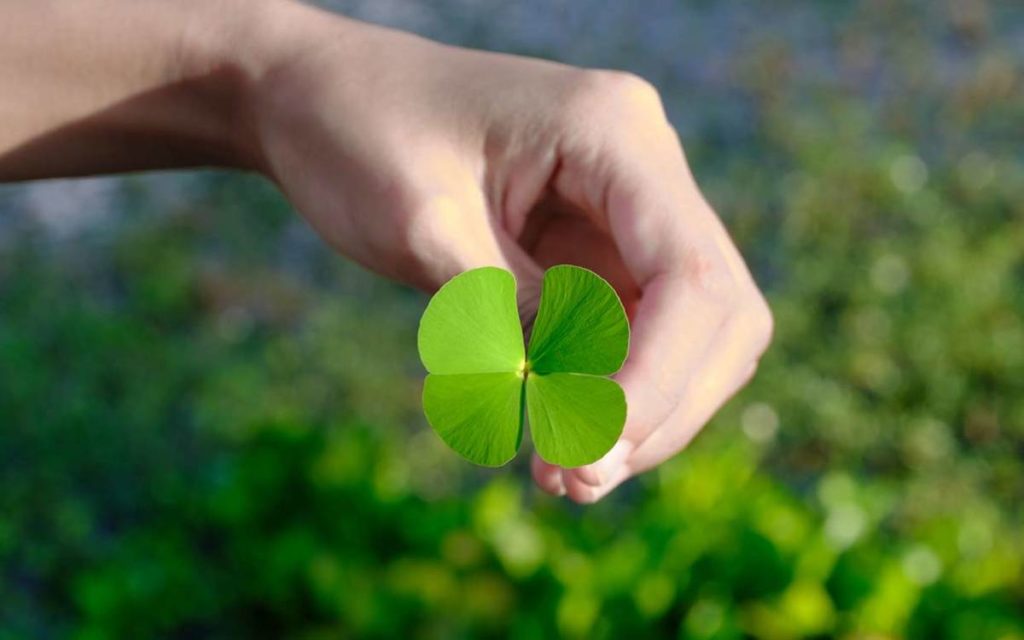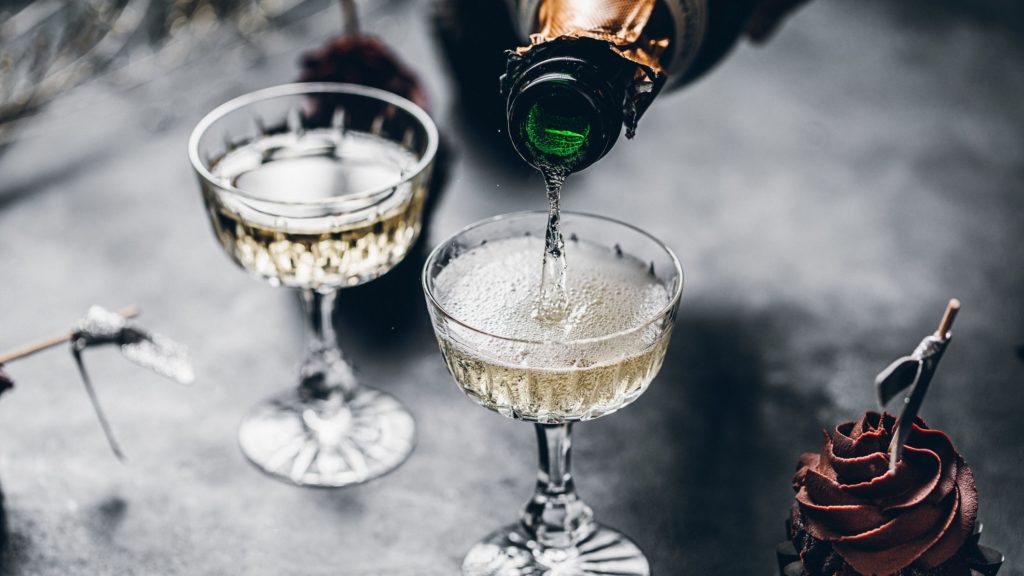In the verdant landscapes of Ireland, where the way of life intertwines seamlessly with the rhythm of lifestyles, an undying practice takes center level – the art of Irish toasting. Beyond the clinking of glasses and the effervescence of laughter, toasting in Ireland is a cultural cornerstone, an eloquent expression of camaraderie, and an authentic celebration of existence’s moments, each big and small.


With roots deeply embedded in records, this cherished tradition has developed right into a social ritual, uniting communities with its warm temperature and sincerity. In this exploration, we will discover the profound significance of Irish toasts, recognize why they count, and unveil the poetic splendor that resides within these heartfelt expressions. Join us on a journey via the heart and soul of Irish tradition, where every toast is a testament to the enduring spirit that defines the Emerald Isle. Sláinte to the artwork of Irish toasting – a tapestry woven with lifestyle, joy, and the unstated bonds of shared moments.
Irish Toasts: The Art of Toasting in Ireland:
- Historical Roots: Dating returned centuries, Irish toasting unearths its origins in historic traditions, reflecting the rich tapestry of Irish records and way of life.
- Social Ritual: Evolving into a social ritual, toasting in Ireland transcends the mere act of raising a tumbler, embodying a genuine celebration of shared experiences and the bonds that unite pals and their own families.
- Symbol of Unity: More than a gesture, toasting symbolizes the cohesion of the Irish humans. It is a communal act, fostering connections and emphasizing the significance of shared moments within the cloth of Irish life.
- Versatility: Whether inside the intimate setting of a local pub or the grandeur of a marriage celebration, toasting is a flexible practice, adapting to diverse events at the same time as preserving its essence.
- Heart of Irish Spirit: Rooted in warm temperature, authenticity, and the iconic spirit of Ireland, the art of toasting is an essential part of the Irish manner of existence, inviting all to partake in the joyous symphony of clinking glasses and heartfelt expressions.
Why Irish Toasts Matter:
- Communal Bonding: At the coronary heart of Irish toasts lies the profound potential to strengthen communal bonds. Sharing a toast isn’t merely a formality; it is a real expression of unity that brings people together, fostering a feeling of belonging and camaraderie.
- Cultural Significance: Irish toasts convey deep cultural significance, serving as a reflection of the Irish spirit. Whether in times of joy or solace, those toasts encapsulate the feelings and values that outline the culture, supplying a timeless hyperlink to the beyond.
- Celebration of Life: More than a culture, toasting in Ireland is a part of life’s moments. Whether elevating a glass to mark success or presenting solace in times of complication, every toast turns into a poignant reminder of the shared human revel.
- Positive Affirmation: Offering well-desires through a toast is a wonderful affirmation rooted in the Irish ethos. It is a way of expressing goodwill, hope, and the sincere desire for the prosperity and happiness of those being toasted.
- Connection to Heritage: For the Irish, toasting isn’t only a present-day practice; it’s miles a connection to their heritage. Passed down through generations, these toasts bring the burden of history, linking the present to the traditions of the beyond and developing a bridge to the future.
- Shared Experience: Whether inside the bustling cities or the serene nation-state, Irish toasts create shared stories. In pubs, houses, or festive gatherings, the act of toasting is a unifying thread, weaving individuals into the fabric of Irish society.
- Expression of Emotion: Beyond words, toasting is an emotional expression. It conveys pleasure, love, laughter, or even sorrow, allowing individuals to communicate their feelings in a manner that transcends language limitations.
The Anatomy of a Traditional Irish Toast:
Opening Remarks:
- Warm Greetings: Traditional Irish toasts frequently begin with warm greetings, putting a wonderful and inclusive tone for the event.


- Acknowledgment of Guests: It’s common to know the presence of visitors well and express gratitude for their enterprise.
The Toast Itself:
- Heartfelt Wish: The significant detail of an Irish toast is a heartfelt wish or blessing. Whether it’s for health, happiness, or achievement, those needs bring sincerity and genuine goodwill.
- Cultural References: Traditional toasts frequently comprise cultural references, connecting the sentiment to Irish heritage and values.
Closing Remarks:
- Expression of Thanks: A normal part of an Irish toast includes expressing gratitude once more, and thanking all of us for sharing the instant.
- Encouragement for More Toasts: To inspire an active ecosystem, it’s commonplace to express the desire for extra toasts for the duration of the collection.
Spontaneity and Adaptability:
- Unscripted Moments: While there is a conventional shape, Irish toasts additionally include spontaneity. Individuals may additionally provide impromptu toasts, adding a non-public contact to the celebration.
- Adapting to Occasions: Whether the occasion is joyous or reflective, Irish toasts adapt to the surroundings, ensuring that the sentiment aligns with the temper of the moment.
Inclusive Nature:
- Including Everyone: An important thing about Irish toasting is its inclusive nature. Toasts frequently extend past the man or woman being honored to include anyone’s gift, fostering a sense of team spirit.
Variety in Expressions:
- Poetic Language: Irish toasts are known for his or her poetic and eloquent language. The use of metaphors, symbolism, and shiny imagery adds a layer of artistry to the expression.
- Humor and Wit: Some traditional toasts comprise humor and wit, bringing laughter to the collection and lightening the mood.
Symbolic Gestures:
- Clinking Glasses: The bodily act of clinking glasses is a symbolic gesture, signifying the shared experience and team spirit among that gift.
- Eye Contact: Maintaining eye contact at some stage in a toast is an indication of sincerity, emphasizing the private connection between the speaker and the audience.
Top 10 Best Irish Toasts
Sláinte – To Your Health:
- Versatility: ‘Sláinte’ is the epitome of Irish toasting, transcending occasions, and symbolizing a heartfelt desire for accurate fitness.
- Cultural Variations: Explore the different approaches ‘Sláinte’ is used throughout Ireland, adapting to local nuances.
May the Road Rise to Meet You:
- Journey Through Life: Unpack the profound meaning behind this famous toast, emphasizing the wish for a clean and rich lifestyle journey.
- Common Occasions: Highlight wherein this toast is most usually shared, from weddings to farewells.
Here’s to a Long Life and a Merry One:
- Jovial Spirit: Delve into the jovial nature of this toast, celebrating the joyous aspects of existence.
- Perfect Celebrations: Identify events in which this toast provides a particularly festive touch.
May the Wind be Always at Your Back:
- Symbolic Meaning: Explore the symbolism of wind as a pressure guide, propelling individuals closer to fulfillment and appropriate fortune.
- Appropriate Settings: Discuss conditions where this toast is especially becoming, shooting the essence of aid.
May the Sun Shine Warm Upon Your Face:
- Radiant Optimism: Discuss the nice cozy and optimistic sentiment encapsulated in this toast, wishing for a vibrant destiny.


- Sunshine Moments: Share situations wherein this toast flawlessly enhances moments of pleasure and positivity.
May You Never Go to Hell but Always Be on Your Way:
- Humorous Twist: Uncover the humor embedded in this Irish toast, bringing a lighthearted contact to the celebration.
- Appropriate Humor: Discuss times in which this toast’s playful nature is most welcomed.
Here’s to You and Yours and Mine and Ours:
- Inclusive Toast: Explore the inclusive nature of this toast, celebrating the shared bonds of friendship and circle of relatives.
- Family Celebrations: Highlight activities in which this toast fosters a feeling of familial cohesion.
May the Best Day of Your Past be the Worst Day of Your Future:
- Reflective Tone: Discuss the reflective and ahead-searching nature of this toast, encouraging superb anticipation.
- Significant Milestones: Identify milestones in which this toast will become a poignant expression of hope.
May You Die in Bed at 95, Shot by Using a Jealous Spouse:
- Dark Humor: Explore the darkish humor and lightheartedness of this toast, adding a unique and noteworthy detail to the party.
- Appropriate Scenarios: Discuss when this toast might be well-received without overshadowing the occasion.
May You Live as Long as You Want and Never Want as Long as You Live:
- Heartfelt Wishes: Delve into the sincere and nice nature of this toast, expressing an actual choice for a fulfilling lifestyle.
- Meaningful Moments: Share scenarios wherein this toast will become a deeply meaningful expression of goodwill.
Additional Tips:
- Learn the Pronunciation: Take the time to study an appropriate pronunciation of famous Irish toasts. It adds authenticity and admiration to the cultural lifestyle.
- Understand Context: Consider the context in which you’re offering a toast. Different toasts can be more suitable for particular activities, so understanding the context adds intensity to the sentiment.
- Explore Regional Variations: Ireland is wealthy with regional dialects and traditions. Explore how toasts can also range across distinctive regions, including a nuanced know-how for your appreciation of the Irish way of life.
- Share the Stories Behind the Toasts: Each Irish toast often consists of a rich story or ancient heritage. Share those anecdotes whilst supplying a toast to provide deeper meaning and context.
- Practice Poetic License: Don’t be afraid to add a private touch or regulate conventional toasts slightly. Irish toasting regularly welcomes creativity and personalization, enhancing the heartfelt nature of the sentiment.
- Include Gaelic Phrases: Incorporate a few Gaelic terms beyond the well-known ‘Sláinte.’ It’s a pleasing manner to connect to the Irish language and lifestyle.
- Explore Food Pairings: Pairing traditional Irish toasts with actual Irish delicacies enhances the general experience. Consider incorporating those toasts right into a themed night meal or celebration.
- Connect with Irish Traditions: Explore other Irish traditions, inclusive of song, dance, and folklore, to create a properly-rounded appreciation for the cultural tapestry that makes Irish toasts so extensive.
- Encourage Participation: In social settings, inspire others to percentage their favorite Irish toasts. It fosters a sense of community and allows anybody to contribute to the party.
- Document Your Favorites: Keep a record of your preferred Irish toasts, at the side of the activities they have been shared. It creates a non-public catalog of significant moments and permits you to revisit the sentiments inside the future.
Conclusion:
In the arena of Irish toasts, wherein phrases grow to be a symphony of shared studies, the adventure through the coronary heart and soul of Ireland unfolds with every clink of a pitcher. From the historic roots that intertwine with the lush landscapes to the communal bonds strengthened by heartfelt expressions, Irish toasts encapsulate the very essence of a lifestyle steeped in warmth, authenticity, and enduring spirit.
As we raise our glasses and proportion in the sentiment of ‘Sláinte,’ we end up part of a way of life that transcends time and borders. Each toast, from the conventional ‘May the Road Rise to Meet You’ to the whimsical ‘May You Never Go to Hell, However Always Be on Your Way,’ weaves a tapestry of Irish background, connecting generations via shared moments of joy, laughter, and mirrored image. So, here’s to the art of Irish toasting – a party of life, friendship, and the undying beauty that resides inside each heartfelt expression. Sláinte to you, your family, and the joyous moments that deliver us collectively! Cheers!
FAQs:
Q1: What is the significance of toasting in Irish culture?
A1: Toasting in Irish tradition holds deep cultural significance. It is a gesture of goodwill, solidarity, and party, reflecting the warmth and communal spirit of the Irish human beings. Through toasts, people express shared moments of joy, sorrow, and camaraderie, creating a strong sense of connection and belonging.
Q2: Are there particular occasions in which Irish toasts are more not unusual?
A2: Irish toasts are flexible and may be shared on diverse activities. Common settings include weddings, birthdays, vacations, and gatherings at pubs. However, the inclusivity of toasting means it could show up spontaneously, fostering a feeling of team spirit in regular interactions.


Q3: Can I create my Irish toasts?
A3: Absolutely! While there are traditional Irish toasts, the lifestyle encourages personalization and creativity. Feel unfastened to craft your toasts, maintaining in thought the fine and heartfelt nature that characterizes Irish toasting traditions.
Q4: Are there local versions of Irish toasts?
A4: Yes, Ireland’s diverse regions may have variations in language, dialects, and traditions, together with toasts. Exploring nearby differences adds intensity to your expertise of Irish tradition and lets you appreciate the nuances in the broader way of life of toasting.
Q5: How do I pronounce common Irish toasts correctly?
A5: Pronunciation is crucial for authenticity. Utilize online resources, and language apps, or consult local speakers to analyze the proper pronunciation of popular toasts like ‘Sláinte’ and others. Practicing guarantees you could optimistically and respectfully percentage these toasts.
READ MORE: Unveiling the Top 10 Most Popular French Beers Worldwide
